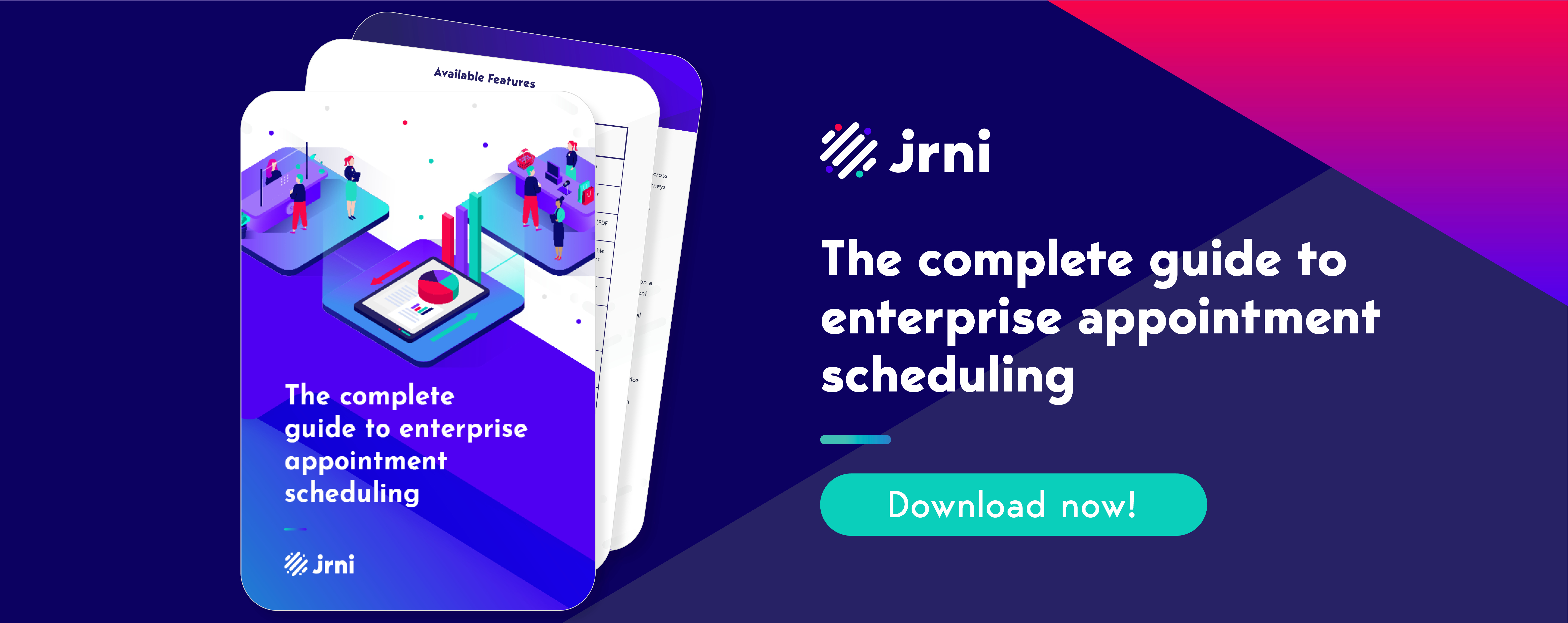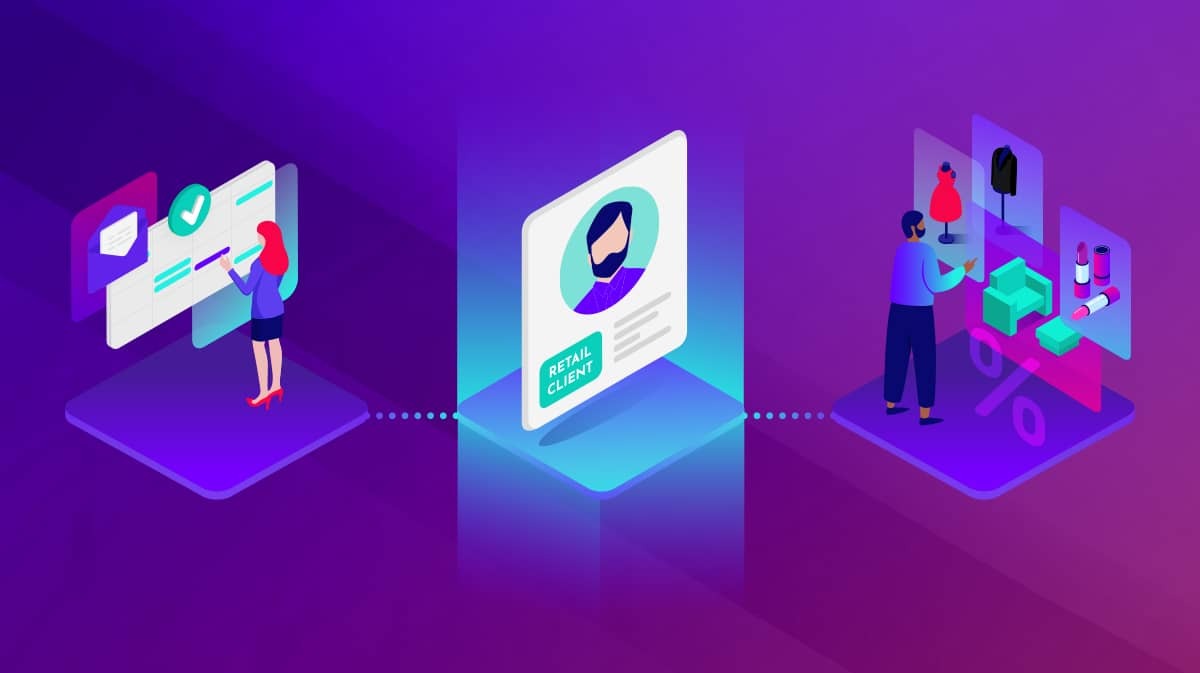What is Amazon Prime Day?
Amazon Prime Day is an annual shopping event that gives Amazon Prime members exclusive access to over one million deals. Even if consumers aren’t Amazon Prime members, they can take advantage of a 30-day free trial to gain access to Prime Day deals.
Revenue from Prime Day plays a significant role in Amazon’s business growth, and sales have steadily increased each year. Internet Retailer estimates that Amazon took in $4.2 billion from Prime Day in 2018, and $7.16 billion in 2019.
This year, Prime Day 2020 is a two-day event scheduled for October 13-14, and is available in nineteen countries. However due to the COVID-19 pandemic, you’ll notice a few differences.
What's different this year?
Though Prime Day has existed since 2015, this year is the first time that it will be held in October. Prime Day was originally scheduled for July, but was postponed due to the global COVID-19 pandemic. The only exception was India, which celebrated Prime Day in August.
Prime Day 2020 will also incorporate a new element that promotes small businesses: If shoppers purchase $10 of small business products between September 28 and October 12, they will earn a $10 credit to use on Prime Day.
Does Prime Day affect other retailers?
Although Amazon is quite busy during Prime Day, other retailers are affected too. Research from Bazaarvoice, Inc shows that consumers are also interested in shopping elsewhere. Those surveyed cited Amazon’s recent issues with fake reviews, and other brands’ brick and mortar stores as reasons for taking caution and browsing other retailers:
- 44% of shoppers indicate that Amazon’s issues with fake product reviews will impact their participation in Prime Day shopping. 37% will be more cautious when they shop at Amazon.
- 32% of shoppers said they shop outside of Amazon because they find better sales, and 31% shop at other brands because they have physical stores nearby.
Whether retail brands are launching sales or not, research from Liftoff suggests that consumers are in shopping mode during this time of year. According to Liftoff, during the week of Prime Day 2018, the percentage of users who installed non-Amazon shopping apps and made a purchase increased by over 46% from the previous five weeks.
How are retailers competing with Prime Day?
Other retailers are launching similar shopping events in an effort to capture market share and capitalize on consumer interest in shopping.
Jason Aten, when writing for Inc, explains this concept best: “This is the digital equivalent of: The retailer across the street is having a big sale, so you might as well take advantage of the fact that everyone is already going to be driving by. Might as well get some of them to stop in your store anyway.”
If that explanation doesn’t entice retailers to join in and offer online discounts, McKinsey’s analysis might. McKinsey found that retailers must have a plan to compete against Amazon, and that “retailers without a bold Prime Day plan saw a very limited increase in conversions on Prime Day compared with the prior week–10 percent or less–and some even experienced declines.”
Here are two top retailers who have already put their hat in the ring.
Walmart
Walmart’s “Big Save” online event will run longer than Prime Day and will offer thousands of deals. To date, Walmart has promised savings on electronics, home items, clothing, toys, and more from October 11-15.
Although Walmart did not release sales data from their 2019 event, there are several indications that it was likely a success:
- Searches on Walmart.com surged 130% on the first day.
- Walmart’s U.S. eCommerce sales growth increased 41%.
- Walmart’s overall revenue that quarter increased $3.1 billion (2.5%).
- They are hosting it again this year.
Target
Target is hosting their “Target Deal Days” event at the same time as Prime Day. According to Target, this event will offer hundreds of thousands of deals and will not require an annual fee like an Amazon Prime subscription.
Another way Target is differentiating themselves is by highlighting their variety of delivery and pick-up options. While Amazon is limited to delivery, Target offers curbside pickup and same-day delivery with Shipt.
Target’s latest earnings report reveals they are doing quite well this year, so time will only tell how Target Deal Days will impact their 2020 goals.
How can you compete?
1. Announce discounts in advance to be included in press coverage
We’ve all seen the articles titled “Top 10 gadgets on sale this week” or “The best smartwatches are 50% off this week.” When you announce your top sales in advance, you stand a chance to
2. Bulk up reviews across your top sale items
3. Keep sales active after Prime Day ends
Attract late shoppers who missed Prime Day by keeping your sales live past Amazon’s cut off. You may have noticed that Walmart’s deals are set to run even after Prime Day ends.
According to Bazaarvoice, there was a halo effect that occurred for brands that offered sales at the same time as Prime Day. These stores saw sales increase for the entire week after discounts ended.
4. Use influencers
When using social media to announce deals, your reach
Use influencers
5. Offer curbside pickup
31% of consumers in Bazaarvoice’s survey say they shop at other businesses (besides Amazon) because they have physical stores nearby. Physical stores are key for shoppers who value curbside pickup, or who may need to make a return.
These factors have become increasingly popular as the pandemic continues, and contactless pickup is praised for its convenience, safety, and speed.
Are you evaluating curbside pickup as an option for your network of stores? Consider the following:
- Buy online, pickup in-store orders increased 208% in April 2020 compared to April 2019, according to Adobe Analytics.
- 79% of respondents say contactless store pickup is very important to them, according to a new report from Incisiv commissioned by Manhattan Associates.
- 80% of shoppers expect to increase BOPIS and curbside pickup over the next six months, according to that same Incisiv report.
6. Introduce consultative services
Retailers can also offer personalized services that help ensure their customer experience is better than Amazon's. Chief among these are in-store or remote appointments that give consumers a tailored experience that is much more consultative than Amazon’s cold, algorithm-produced product recommendations.
Shoppers are used to interacting with store associates when purchasing high-value products, and at a time when personal contact is lower than ever, they’ll value the ability to make things virtual.
Plus, staff and stores will benefit from personalized contact as well. Our Consumer Behavior research in 2019 found that 64% of respondents said they typically spend or invest more in products/services after a personal appointment or meeting.
So, what are you waiting for? Though Amazon dominates eCommerce, consumers are still interested in shopping elsewhere on Prime Day and as they enter the holiday shopping season. To compete with Amazon, and to capture market share, consider our tips above.
Interested in learning more about providing one-to-one, personalized consultative services through in-person and remote appointments? Then download the white paper: "The complete guide to enterprise appointment scheduling" to learn more.




